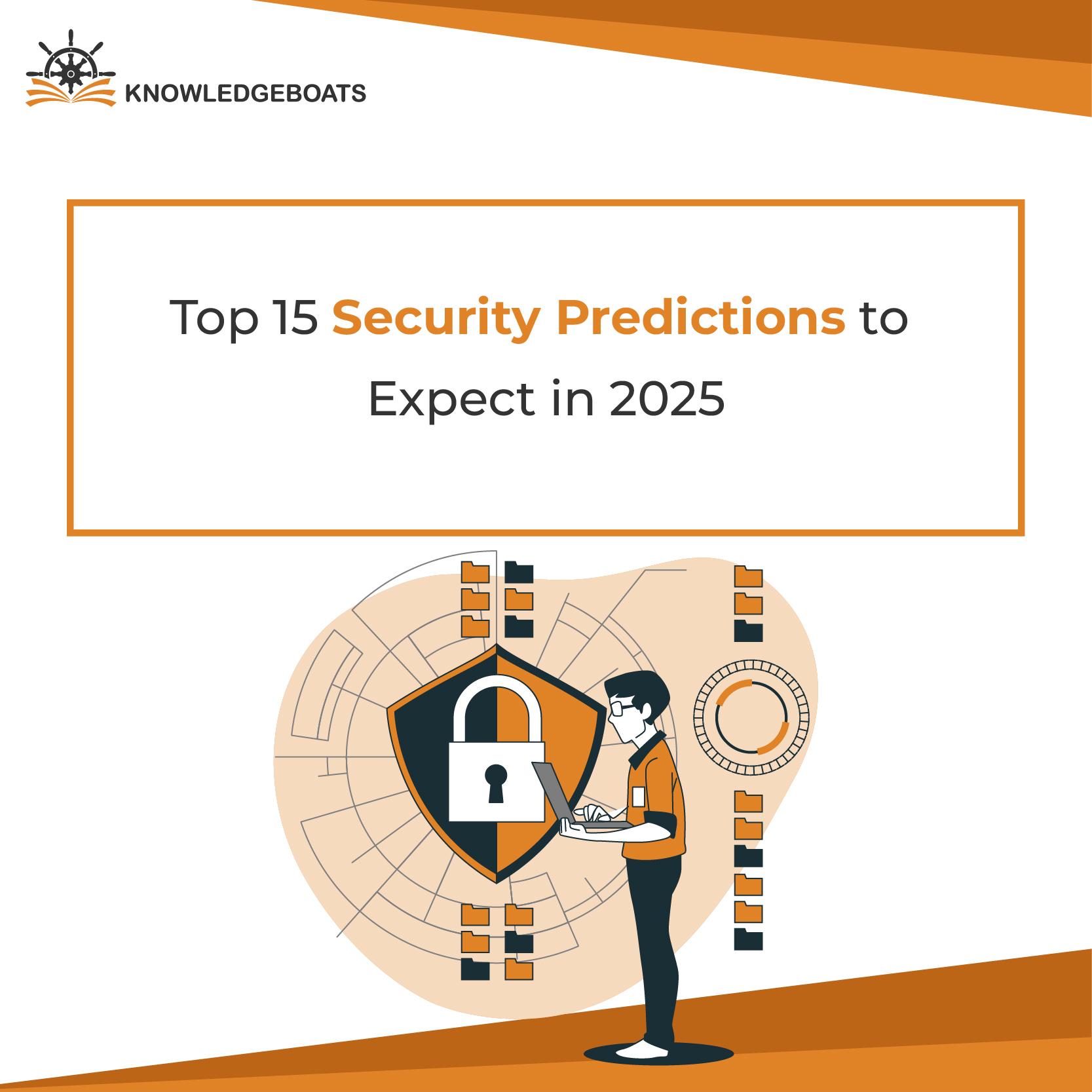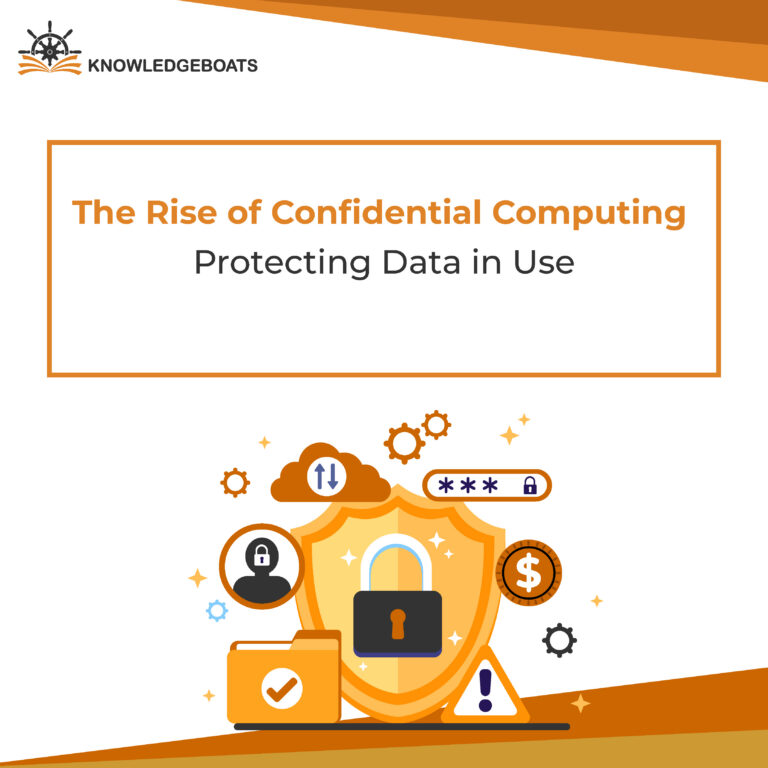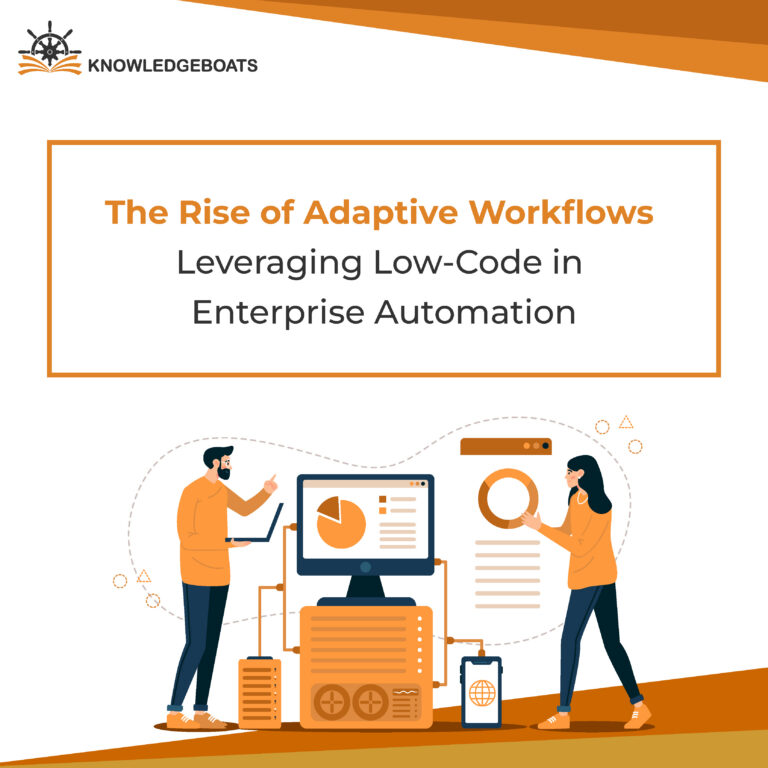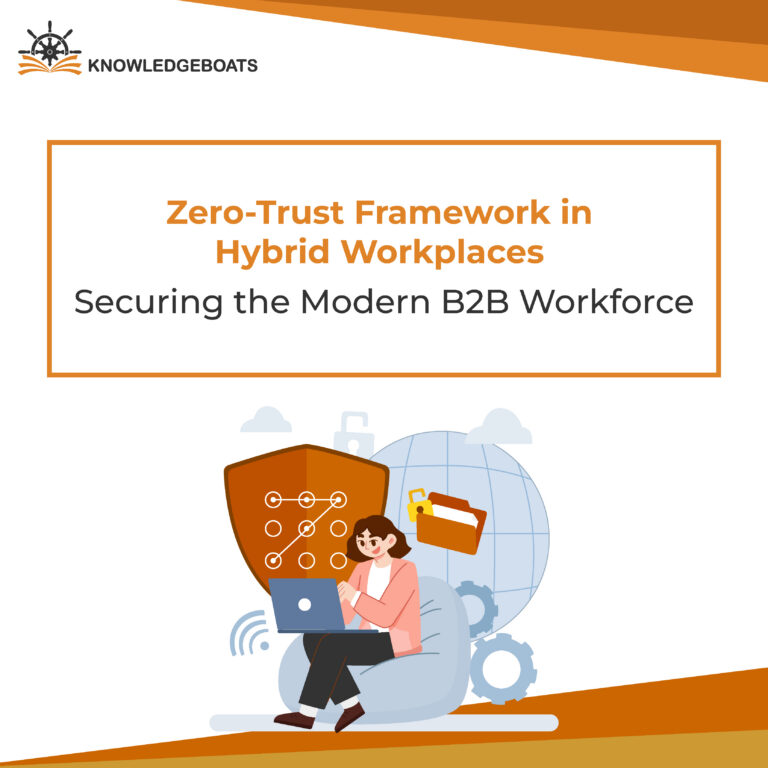
As technology rapidly evolves, so do cyber threats. Constant upgradation has caused cybersecurity trends to shift drastically with respect to new technologies and emerging threats. The article covers a list of predictions: from an increasing use of artificial intelligence and machine learning to defense mechanisms and cyber prevention to battle cyber-attacks. Technologies and skills that saved your business in 2024 may not be capable of dealing with the advanced threats of 2025.
Strict implementations of security measures are needed in businesses to maintain the safety of their data. Organizations should maintain higher standards of safety for enhanced protection. It is 2025 already, but implementation of new policies and regulations is inevitable as cyber threats and attacks intensify. Foreseeing the future is close to impossible, but here is a list of the security predictions for 2025.
1. Cybersecurity Mesh Architecture becomes Mainstream
Cybersecurity Mesh Architecture (CSMA) is a transformative network security approach to secure enterprises, stepping forward from the traditional defense mechanisms. CSMA was introduced by Gartner, which offers businesses a flexible and collaborative security ecosystem that can adjust to the distributed digital infrastructures. Businesses can manage various operations with the help of AI and CSMA – whether it’s cloud-based, on-premises, or mobile.
2. Regulatory Changes in Ransomware
During 2024, global cybersecurity saw unpredictable ransomware threats, which marked an essential escalation in the adoption of strict measures to combat the rising cyber extortion. 2025 will witness ransomware evolution, targeting complex supply chains and infrastructures the industries dealing with sensitive data.
3. GenAI in Cybersecurity
GenAI represented a transformative technology edge in cybersecurity. Providing sophisticated features and assistance that can recreate the digital defense mechanism. This allows security professionals to move to proactive threat management with the help of AI in cybersecurity and advanced machine learning models to spontaneously analyze complex network patterns and discover potential vulnerabilities. GenAI helps with automated response, providing immersive training, and generating keys for complex encryption for cybersecurity professionals. GenAI will continue to evolve and adapt new technologies to stay ahead of the cyber threat landscape.
4. AI-Powered Phishing Attacks
AI-powered phishing emails and messages will become more convincing as cybercriminals are replicating an individual’s communication styles and stealing personal information to distract the users. Detection of these AI-powered attacks will be harder, leaving the business exposed to data breaches and financial losses.
5. Deepfake Attacks are on the Rise.
Deepfake technology will surge, leading to the creation of highly realistic video and audio manipulations. This technology can be used to create cyber threats or perform malicious activities such as spreading misinformation, impersonating financial fraud, or corporate espionage.
6. Cloud Misconfigurations Remain a Security Risk
Though the awareness of AI in cybersecurity is increasing, cloud misconfiguration will still be a major threat. Inappropriately configured cloud services such as databases, storage buckets, and servers may expose sensitive data, offering unauthorized access to attackers and creating vulnerabilities.
7. Zero-trust Architecture
Zero trust architecture ensures that strict verification of every user and device, emphasizing continuous verification of the device or user. It also ensures that only the minimum required information is accessed, providing better security structure in the world of evolving cyber threats. Cloud resources, remote work configuration, and an increasing number of IoT devices increase the potential attack surfaces, proving conventional defensive strategies insufficient.
8. Tougher Data Privacy Regulations
Advanced privacy regulations will push organizations into action. If an organization is not compliant with data privacy regulations, its reputation might get hurt, and severe fines will be levied. The enforcement mechanism by the regulatory bodies will become stringent with a higher degree of punishment in terms of penalties and fines for non-compliance.
9. Quantum Computing and Cryptography
Advancements in quantum computing security will reflect huge threats to the encryption models, which holds the capability to put sensitive data at risk and disrupt critical systems. Cybersecurity professionals must develop quantum-resistant cryptographic algorithms to safeguard digital assets.
10. Skill Shortage in Cybersecurity
Rising requirements for cybersecurity from different industries will demand skilled cybersecurity, leaving a shortage of skilled professionals. This shortage will hamper businesses’ ability to combat cyber threats, react to incidents, and adopt robust security measures. Upskilling employees and investing in AI-driven security automation will be critical solutions.
11. Insider Threats on Rise
The rising adoption of remote work will lead to a higher risk of insider threats, including cyber attackers and negligent employees falling victim to such frauds or unknowingly exposing sensitive data, leaving space for cyber threats or attacks.
12. Increased Focus on IoT Security
The rising number of Internet of Things (IoT) security went through a profound transformation during 2024, with technology manufacturers and regulatory bodies increasing their efforts to secure digital ecosystems. Cloud-based provisioning mechanisms are upgrading 2025 security forecasts, allowing AI-backed systems to understand and prioritize potential risks before causing substantial harm to businesses. IoT will enable effective deployment of security systems, which will be more responsive and stronger in defense against cyber threats.
13. 5G Network Vulnerabilities
The 5G vulnerabilities security landscape shows a compound landscape of emerging potential vulnerabilities and technological challenges. Various 2025 security forecasts will become critical to the architecture of the network, especially regarding software-driven infrastructure. Advanced 5G networks provide a larger attack surface because of their reliance on network virtualization (NFV) and software-defined networking (SDN), bringing new risks of cybersecurity.
14. Identity Theft Evolves into “Clone Wars”
Technology has brought clone wars, which is reverse identity theft, where the stolen data is merged in an unorganized manner with additional data and assumptions, creating a fake persona of virtual identity. Cyber attackers are combining data incorrectly based on names or other common fields owing to the huge number of data breaches making the information available.
15. Rising Adoption of AI-Powered Moonlighting
The adoption of remote work left few drawbacks, such as the rise in moonlight, where workers are working on two or more jobs illegally. Moonlighting and rising AI-powered data leaks will be prevalent in businesses that are less aware of technology and are outsourcing data workflows or content creations, which can mostly be automated.
Winding up
The B2B space will witness unexpected cloud security challenges and advancements in technologies. The rise in AI-based threats, sophisticated ransomware evolution, and the growing complexity of cloud environments will demand proactive attention and a multi-level approach to secure the data. In 2025, organizations need to be strict about security measures, including the detection of advanced threats, comprehensive employee training programs, and strong access controls.



